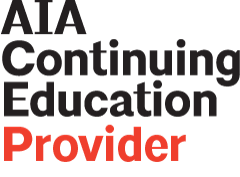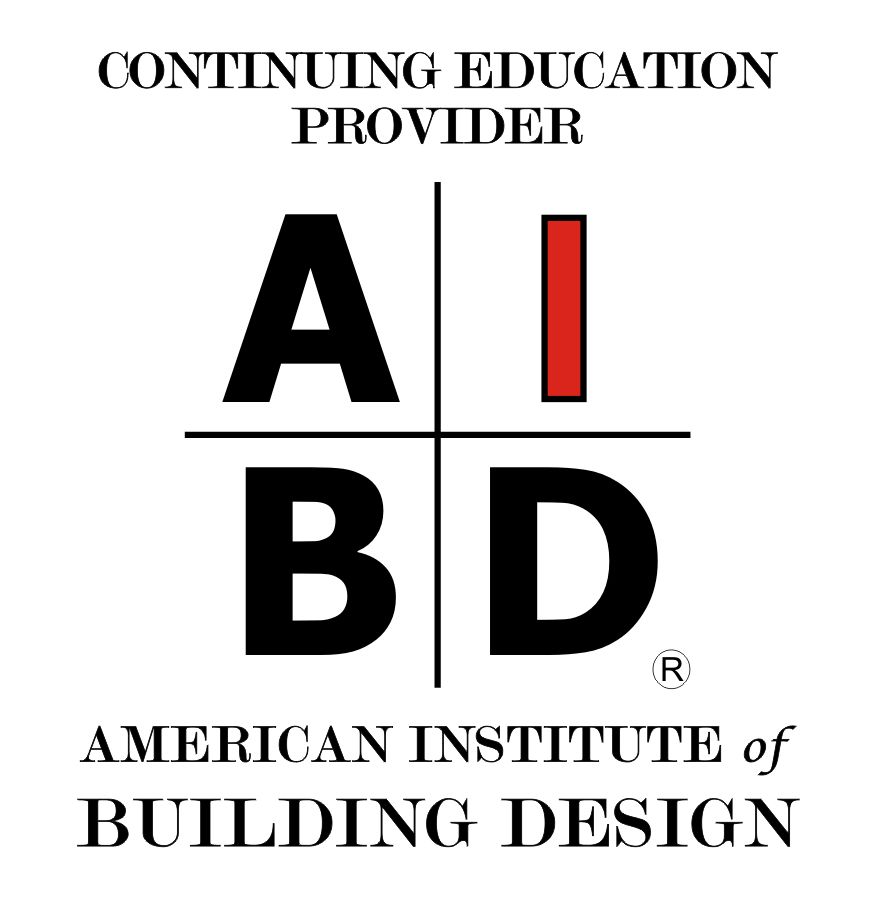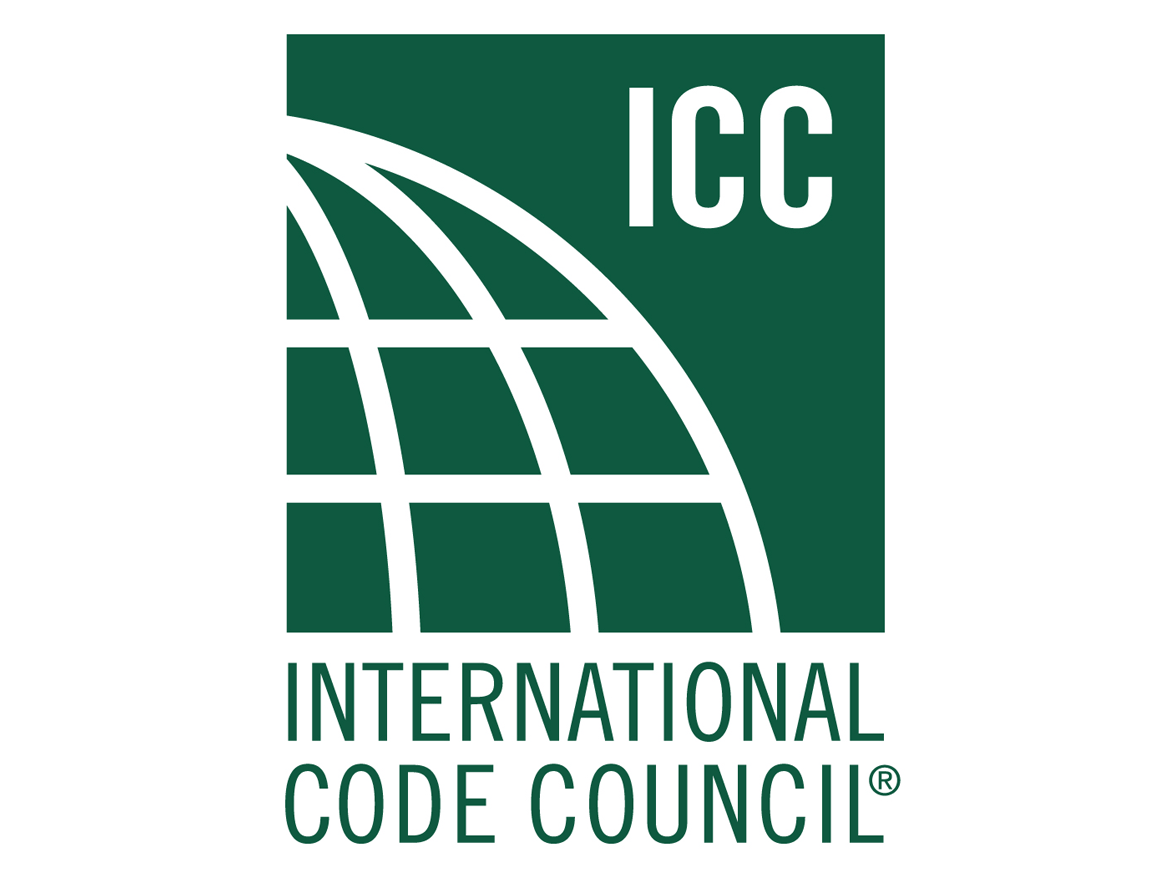Credits: 1 AIA LU/HSW; 1 AIBD P-CE; 0.1 ICC CEU; 0.1 IACET CEU
May qualify for learning hours through most Canadian architectural associations
This webinar is part of the Wood Structures Academy
Embark on a compelling exploration of the transformative impact of wood and mass timber—including cross laminated timber (CLT) and glulam elements—in the design and construction of libraries and other facilities that enhance our communities. Join us for an engaging webinar where we'll delve into successful projects and strategies that show wood and mass timber to be a competitive and sustainable choice to create welcoming spaces that foster learning and connection. Our panel of experts will provide valuable insights on unlocking the potential of wood and mass timber and showcasing its capacity to bring new solutions to the table to realize engaging community projects. Among the key discussion points will be:
- Understanding Wood and Mass Timber: Gain in-depth knowledge about various types of wood and mass timber construction, their unique properties, and how they can be leveraged for libraries and other community facilities.
- Cost and Sustainability Considerations: Explore the economic and environmental benefits of wood and mass timber compared to alternative building materials. Discover how it can be a financially feasible and sustainable choice for your projects.
- Innovative Design Strategies: Uncover cutting-edge design techniques that optimize wood and mass timber structural systems for libraries and community facilities. Learn how to create spaces that are both functional and aesthetically inspiring.
- Overcoming Implementation Challenges: Address common concerns and misconceptions surrounding wood and mass timber, including regulations, permitting, and financing options specific to libraries and other community projects.
- Inspiring Case Studies: Draw inspiration and practical knowledge from real-world examples of libraries and community spaces that have effectively integrated wood and mass timber. Learn from the successes and lessons of these groundbreaking projects.
Carl Knudson of Perkins&Will will present the design concept for Washington, DC’s new Southwest Library, a “pavilion on the park.” The project offers pathways that encourage the community to explore the library and embrace it as an intuitive part of the neighborhood experience. The library incorporates biophilic design, promoting a connection to nature for the user, and creating a calming and restorative feeling that promotes health and well-being. From a distance, the folded plate DLT roof opens toward the park and invites the public to enter. The roof provides a compelling, visual element evoking an open book and creates a sheltering canopy that is an extension of the trees outside of the building. The V-shaped wooden columns supporting the roof further enhance the warm welcome and the quiet elegance of the building. Once inside, expansive windows offer sweeping views of nature and the beauty of the surrounding park while flooding the interior with natural light. More than 90 percent of the interior spaces have access to exterior views.
Next, Kate Weiland, AIA, Partner at BuildingWork, will present the La Conner Swinomish Library, a project that represents a unique collaboration between indigenous and non-indigenous communities. The library design honors both the culture of the Swinomish Indian Tribal Community and the history of the town of La Conner while providing a much-needed public resource serving the broader rural Skagit County area. The library is located on a prominent corner of the main street into the small town. The site lies within a local historic district and a FEMA flood plain which requires that the main floor level be elevated four feet above grade. LEED Silver certified, the project utilizes mass timber construction and includes a large rooftop photovoltaic system, efficient envelope and HVAC systems, extensive daylighting, non-toxic materials, and electric vehicle charging stations.
The project’s use of mass timber demonstrates that this innovative, low-carbon building technology can be an effective strategy for small public projects constrained by limited budgets and low-bid project delivery. The design uses cross laminated timber (CLT) panels for nearly the entire building structure, which allowed the walls and roof to be erected in just four days. Manufactured in Washington State using locally sourced Douglas fir, the CLT panels are fully exposed inside the library, creating a warm and inviting interior environment that connects patrons to the nearby forests and references traditional Coast Salish architecture.
Matthew Oudens, AIA, LEED AP, MCPPO, Principal at Oudens Ello Architecture, will present the Norwell Public Library project. This green slate and cedar clad library draws inspiration from the natural beauty of its wooded site. The single-story building’s three wings are organized around a central entrance courtyard serving as a rain garden. Given the sensitive wetland location, stormwater management was a major design consideration with the rain garden filtering rainwater from the inward-sloping roofs before releasing it back to the surrounding wetlands. The exposed heavy timber structure connects the library to its wooded setting and brings a visual warmth to the interior. The library features ample daylight, views, and purposeful connections to the outdoors, including two reading porches.
This webinar is tailored for architects, engineers, designers, developers, and professionals invested in reshaping the future of libraries and civic spaces through innovative construction methods. Join us as we explore the full potential of wood and mass timber in creating sustainable, visionary, and cost-effective civic facilities.
The webinar will culminate with a brief question and answer session where attendees will have the opportunity to pose relevant inquiries to our expert panel.
Learning Objectives:
- Develop a comprehensive understanding of wood and mass timber applications in libraries and community facilities, prioritizing informed material choices and emphasizing the impact on occupant well-being.
- Assess the economic, environmental, and health, safety, and welfare benefits of using wood and mass timber compared to other building materials. Equip attendees with the knowledge to advocate for sustainable and cost-effective solutions.
- Acquire design strategies that optimize functionality, aesthetics, and occupant satisfaction in library and community spaces constructed with wood and mass timber.
- Navigate design and implementation challenges specific to community projects that incorporate wood and mass timber materials, including addressing regulatory considerations, permitting processes, and financing options while upholding the highest standards of healthy and environmentally friendly building practices.
- Apply insights from real-world case studies to integrate wood and mass timber effectively in this typology, ensuring optimal performance and enabling exceptional design. Gain practical knowledge and actionable takeaways for your own projects in the field of community architecture.
Sponsored by:




